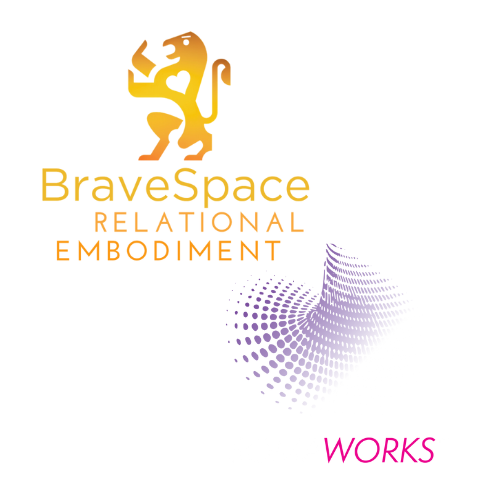Ecstatic Dance is not Contact Improvisation.
People often ask me if Contact Improvisation(CI) and Ecstatic Dance(ED) are the same thing. Usually its in the context of someone wanting to come to Ecstatic Dance, but feeling that they might not be ready to participate in Contact Improvisation. This is A-OK, and I want to take this opportunity to dive a bit deeper into the relationship between these forms.
Convergent evolution is a concept in biology in which different species develop similar traits—generally in relationship to similar environmental forces. For example, both fish and dolphins have fins, but as mammals dolphins are more closely related to dogs than fish. This is what I see taking place with Ecstatic Dance and Contact Improvisation. They are not the same thing, and they come from different cultural origins, and yet they embody similar ideals and often occur together.
Ecstatic Dance is like a night club where the alcohol has been replaced by a sense of communal prayer. It’s a place of welcome and respect where anybody can move however they like, and where we all do our best to leave our judgements at the door. Excepting some brief circle time to set the space and close it, ED is a non-verbal space generally held with prominent, bass-driven music.
Contact Improvisation arose in the 1970’s in the dance-art-performance scene of Western Massachusetts. The experiment is simple: What happens if we connect physically with each other—often sharing weight—without a set vocabulary of movements, and without controlling each other? It’s worth noting that CI was and is often practiced without music, allowing the dancers greater sensitivity to each other and the texture of their movements.
Where Ecstatic Dance has a root (among many) in night clubs, Contact Improvisation is more closely related to ballet in its origins. And they are converging: It is likely that you will find people practicing CI at any ED you attend. Its because the underlying principles of the forms are compatible:
1) They are improvisational. The structures set the intention, not the movements.
2) They are relational. Whether we touch or not, we affect and are affected by each other’s presence.
3) They are co-creative. Co-creativity is the result of improvisational relativity. Optimally we reposition ourselves in the relational field by listening to rather than dominating each other. We don’t owe each other a dance—we show up because it’s interesting and move on when it isn’t.
I believe co-creative play is a key lesson of our time. We can respect ourselves by claiming our boundaries. We can respect each other by listening. And from what I’ve seen, we’re all pretty good at it when we bravely allow ourselves to try.
